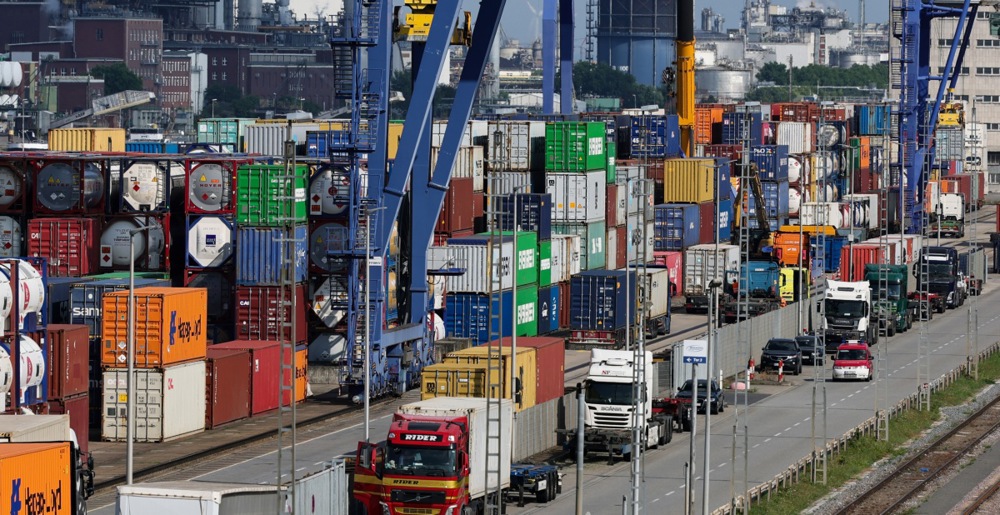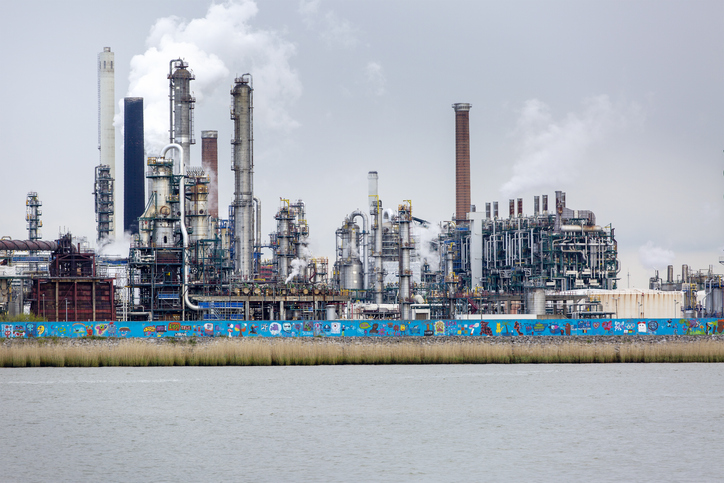A seizure of more than 73kg of cocaine in Antwerp has highlighed structural weaknesses in European seaports exploited by criminal groups, a European Union-funded study showed.
The Poseidon project published on August 7, which examined organised crime and corruption in ports, warned that Antwerp, Rotterdam and other major European hubs were increasingly vulnerable as traffickers adapted to containerised shipping and used corruption, intimidation and logistical loopholes to move drugs.
According to the Belgian Government, customs officers found the August 10 shipment of 73kg in two refrigerated containers at the North Sea terminal, one from Chile and one from Ecuador, both routed via Panama.
The drugs were hidden in the cooling compartments alongside legitimate cargo.
The seizure came just days after 222kg of drugs was intercepted in another container and followed a case involving almost 60kg hidden in a shipment from Costa Rica.
Antwerp overtook Rotterdam last year as Europe’s main entry point for cocaine, with authorities confiscating a record 110 tonnes in 2024 — a sharp increase on the year before, according to Belgian news agency Belga.
A February 2024 investigation by The Brussels Times found that several large Colombian cartels, including La Cordillera and Clan del Golfo, deliberately targeted Antwerp.
These groups sometimes used speedboats or even submarines to place drugs on container ships before they left South America.
In one case, Clan del Golfo members reportedly boarded a ship to load 820kg of cocaine bound for Antwerp.
The port’s appeal lies in its vast container traffic, extensive refrigerated storage, and fast transport links to the Netherlands. Once landed, about four-fifths of the cocaine moves across the border to be cut, packaged and sent across Europe, according to experts.
Retrieval at the docks was often outsourced to teenagers paid small sums to breach port fences and remove the drugs.
If caught, they faced fines or juvenile charges, making it a low-risk step for organised crime.
The Brussels Times also noted that Antwerp gangs faced less stringent law-enforcement pressure than their Dutch counterparts, who have seen high-profile arrests such as Ridouan Taghi.
Taghi is a Dutch-Moroccan criminal who became a prime suspect in at least ten murders related to organised crime, drug trafficking and leading a criminal organisation. On February 27, 2024, he was convicted and sentenced to life imprisonment.
Poseidon found that nearly 70 per cent of EU drug seizures happened at seaports. It identified vulnerabilities including the sheer size of ports, the diversity of cargo, limited scanning capacity, close-knit port communities that can be infiltrated and the ability of traffickers to bribe or threaten staff.
The study also linked the problem to rising domestic demand: Antwerp was ranked as the EU’s top city for cocaine consumption.
The criminal networks span continents. Much of the cocaine comes from Colombia and Ecuador, where governments have declared war on drugs gangs.
Key cartel leaders, along with European criminal figures such as the Irish Kinahan family and Balkan groups, are believed to be living in Dubai or Turkey, where Belgium and the Netherlands said extradition requests were often ignored.
The Kinahan Organised Crime Group (KOCG), also known as the Kinahan Cartel, is a major Irish transnational organised crime syndicate alleged to be the most powerful in Ireland and one of the largest organised crime groups in the world.
Belgian officials have called for co-ordinated European pressure on these countries to return suspects.
The Port of Antwerp-Bruges reported in July 2025 that container volumes grew in the first half of the year, partly offsetting a fall in bulk cargo and easing congestion.
The increase underlined the port’s economic role but also the challenge: Legitimate trade expansion provides more cover for illicit shipments.
In the Benelux region — Belgium, the Netherlands and Luxembourg — Antwerp and Rotterdam function as complementary gateways for both legal and illegal goods.
Rotterdam has remained Europe’s largest port by cargo volume but Antwerp has taken the lead in cocaine seizures. Together, the two handle more containers than any other ports in the EU, making them attractive for traffickers who can spread shipments between both to reduce risk.
The Netherlands is not just a transit point. Its well-developed logistics industry, major airports and dense road network make it a hub for processing and repackaging cocaine before it is sent to markets across Europe.
Dutch authorities said much of this work was done in hidden facilities run by networks with deep roots in Moroccan immigrant communities, which have links across the border to similar groups in Belgium.
The shared language, culture and family ties between these groups helped them operate on both sides of the border with few barriers, experts said.
Luxembourg played no direct role as a port but its position in the customs union and its financial sector meant that criminal proceeds could be moved or laundered through the country alongside legitimate business flows.
For law enforcement agencies, the challenge was that these ports are part of a single economic area with minimal border checks, so once drugs arrived in Antwerp or Rotterdam, they could move freely within the EU’s Schengen zone.
That freedom of movement, combined with the scale of legitimate trade, meant that even record seizures such as those in Antwerp this summer may represent only a fraction of the total amount of cocaine entering Europe.





